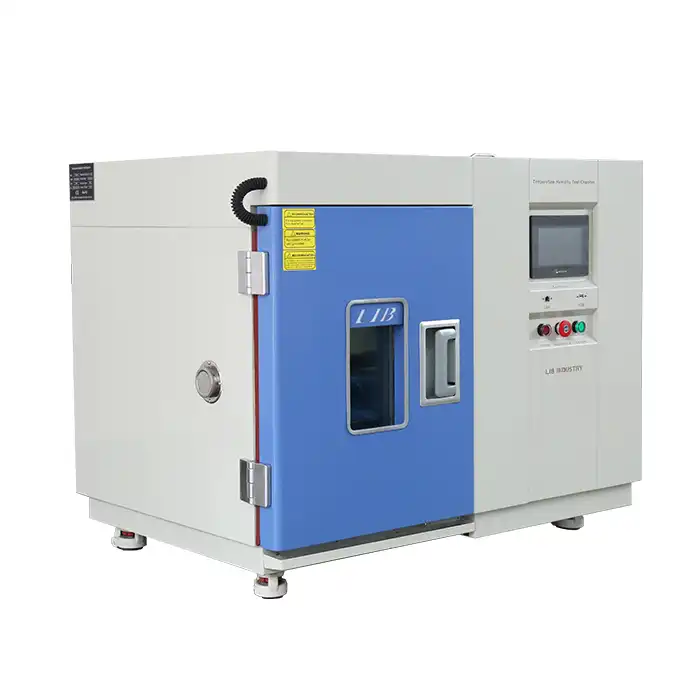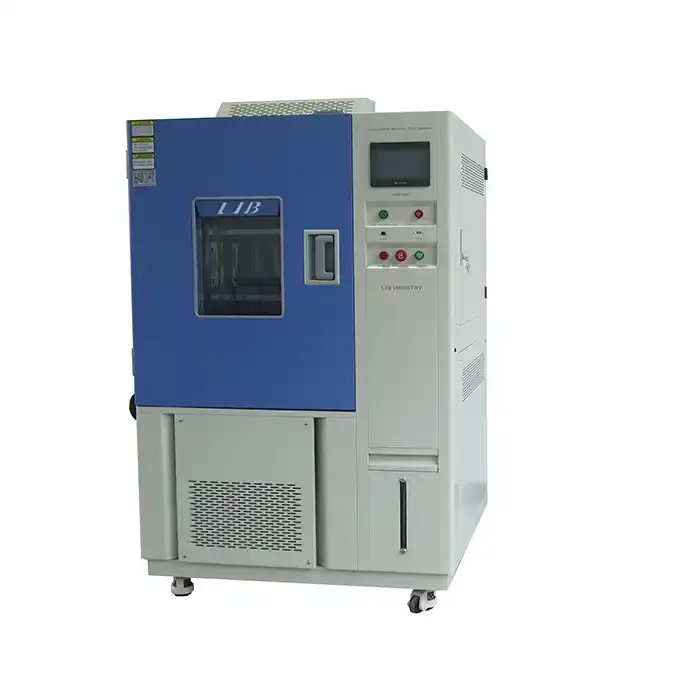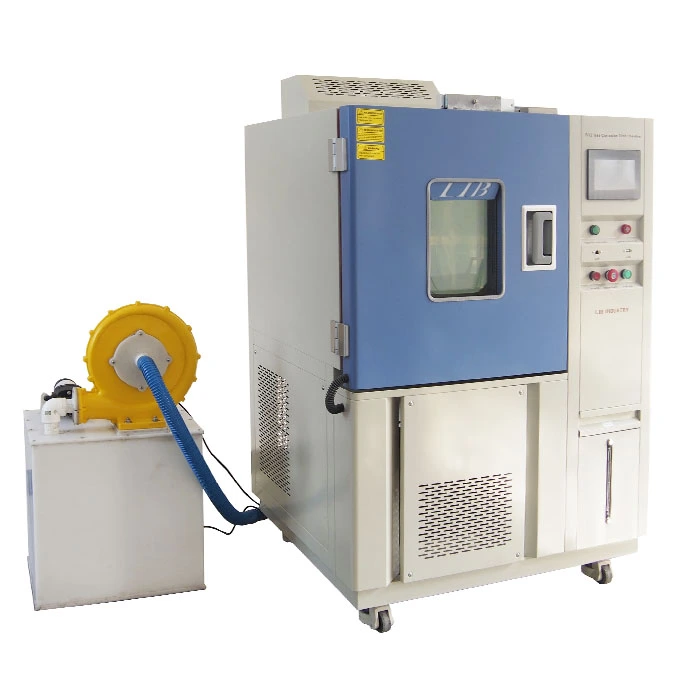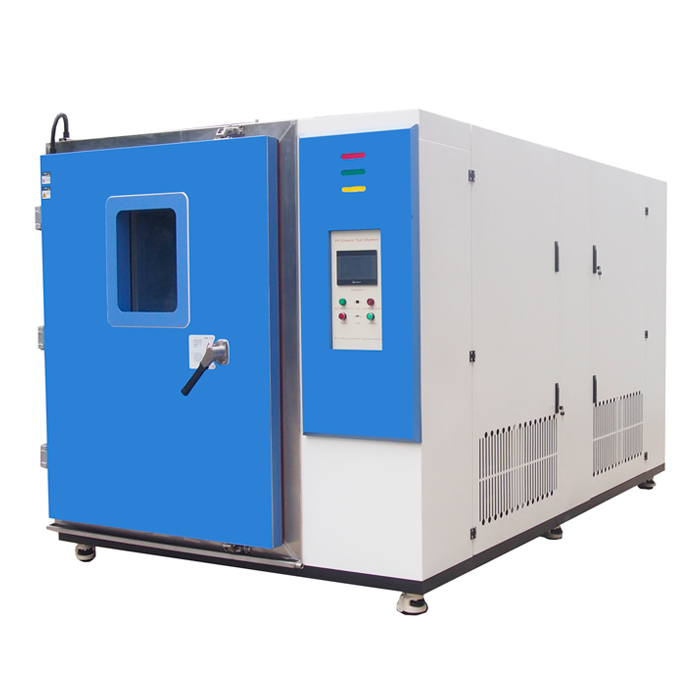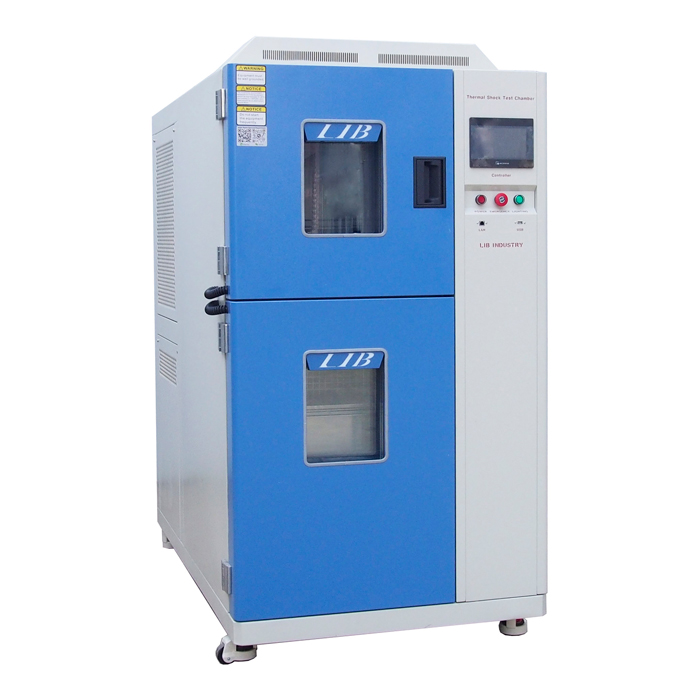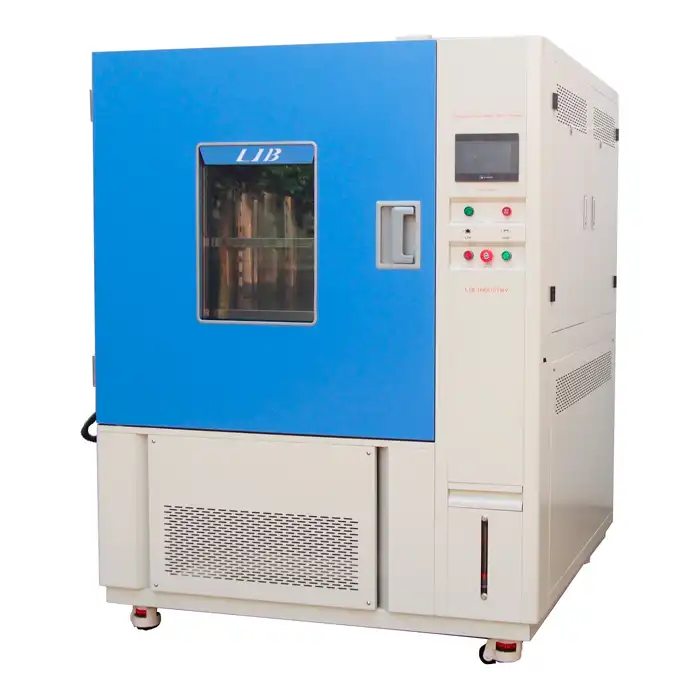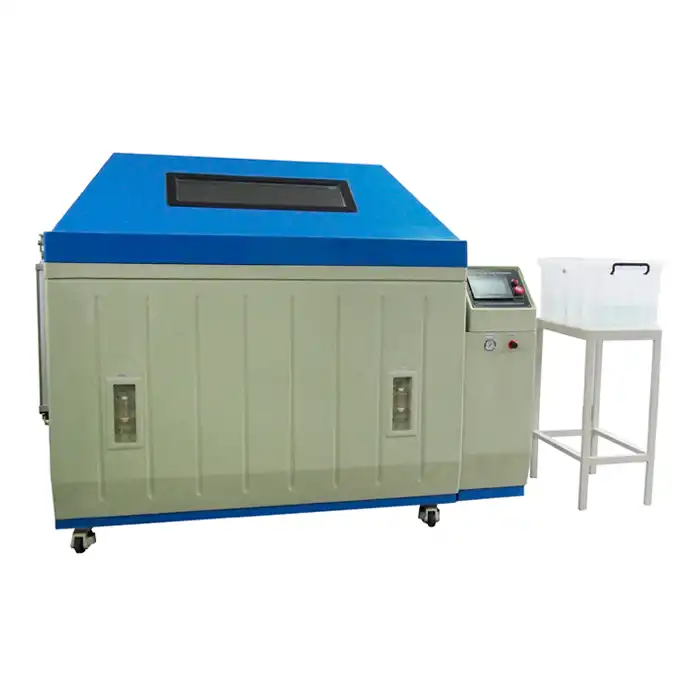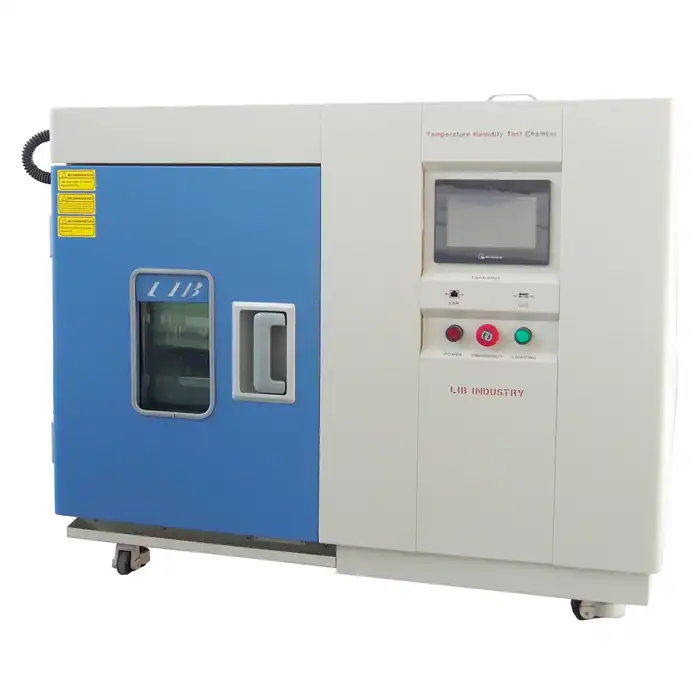How long does a typical temperature cycling test take?
Temperature cycling tests are crucial for evaluating the reliability and performance of various products under fluctuating temperature conditions. These tests simulate real-world scenarios where products may experience rapid temperature changes, helping manufacturers ensure their items can withstand such environmental stresses. The tests are typically conducted in a temperature cycling chamber, which provides controlled, precise temperature variations. But a common question that arises is: how long does a typical temperature cycling test take? Let's delve into this topic and explore the factors that influence the duration of these tests.
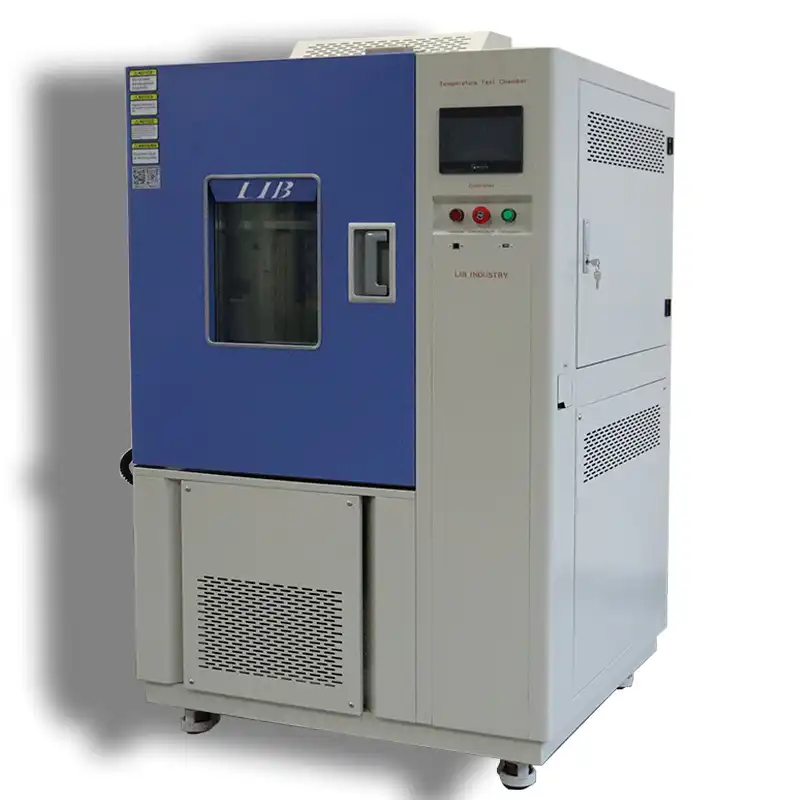
Factors Affecting Temperature Cycling Test Duration
Product Complexity and Size
The duration of a thermal cycling chamber test is primarily influenced by several key factors, each contributing to the time required for a comprehensive evaluation. First and foremost is the complexity and size of the product under test. Larger and more intricate items typically demand extended exposure times to ensure that every component reaches and stabilizes at the desired temperatures. For instance, testing a compact electronic component will generally take less time than assessing a large automotive part or industrial equipment, as the heat transfer and temperature equilibration process takes longer for more substantial objects.
Temperature Range and Ramp Rates
Equally important is the temperature range and ramp rates specified in the test protocol. Wider temperature variations or slower ramp-up and cool-down rates can substantially increase the time needed for the test. For example, a test cycling between extreme temperatures of -40 °C to 85 °C in a temperature cycling chamber will take longer than one operating within a more moderate range of 0 °C to 50 °C, assuming identical ramp rates. The test's complexity is also influenced by how quickly the system needs to heat up or cool down, which can vary depending on the material composition and design of the product.
Number of Cycles
The number of cycles required is a decisive factor in determining the overall testing time. Some tests require hundreds or even thousands of temperature cycles to adequately assess the product's durability. This number is often dictated by industry standards or specific product requirements, and each additional cycle can add significantly to the total duration of the test.
Typical Duration of Temperature Cycling Tests
Short-Term Tests
Short-term temperature cycling tests are typically conducted over a span of hours to several days and are frequently employed during the initial stages of product development. These tests typically involve a limited number of cycles—generally ranging from 10 to 50—and feature rapid temperature transitions, offering a preliminary assessment of a product’s response to thermal fluctuations. While valuable for gaining an early understanding of a product’s thermal behavior, short-term tests may not fully replicate the extended exposure to environmental stressors that products might endure over time. As such, they provide useful but somewhat limited insights into the long-term durability of the product.
Medium-Duration Tests
Medium-duration thermal cycling chamber tests are conducted over several days to a few weeks, involving a significantly higher number of cycles, typically between 100 and 500. These tests provide a more comprehensive analysis of a product’s thermal resilience and its ability to withstand prolonged exposure to temperature changes. Widely used in industries such as automotive, aerospace, and electronics, these tests are critical for evaluating a product's performance and durability over a more realistic, extended period. They help manufacturers ensure that their products will maintain reliability and functionality under typical operational conditions.
Long-Term Reliability Tests
Long-term reliability tests are the most extensive, typically spanning weeks to months and subjecting products to thousands of thermal cycles. These tests are designed to simulate many years of usage under continuous temperature fluctuations, providing an in-depth evaluation of a product's long-term durability and performance. Although resource-intensive and time-consuming, long-term tests are essential for verifying the resilience of mission-critical components in industries such as aerospace and automotive, where product failures can result in significant safety hazards or substantial financial losses. Through these rigorous assessments, manufacturers can ensure that their products will perform reliably over the entire lifecycle, even in the most demanding conditions.
Optimizing Temperature Cycling Test Duration
Efficient Test Chamber Design
The design and specifications of the temperature cycling chamber play a crucial role in determining the duration and efficiency of tests. Modern chambers are equipped with advanced features such as fast temperature change rates, precise control mechanisms, and programmable controllers, which allow for quicker and more accurate testing. Additionally, data logging systems provide real-time monitoring and detailed analysis, improving the overall efficiency of the testing process and enhancing the reliability of results.
Tailored Test Protocols
Developing well-designed test protocols that balance thoroughness with efficiency is crucial. This involves carefully selecting temperature extremes, dwell times, and ramp rates that accurately represent the product's intended operating conditions while minimizing unnecessary test time. Collaboration between test engineers and product designers can lead to more targeted and time-efficient protocols.
Concurrent Testing
To maximize efficiency, many manufacturers opt for concurrent testing of multiple units or components. This approach allows for the evaluation of several items simultaneously, reducing overall testing time and increasing throughput. However, care must be taken to ensure that the chamber's capacity and performance are not compromised by overloading.
Conclusion
In conclusion, the duration of a typical thermal cycling chamber test can vary widely, ranging from a few hours to several months, depending on various factors. The complexity of the product, the specified temperature range and ramp rates, and the number of required cycles all play crucial roles in determining test length. While short-term tests can provide quick insights, longer-duration tests offer more comprehensive evaluations of a product's thermal resilience. By optimizing test chamber design, tailoring protocols, and employing concurrent testing strategies, manufacturers can strike a balance between thorough evaluation and efficient testing timelines.
Contact Us
Understanding the intricacies of temperature cycling tests is essential for ensuring product reliability and performance. If you're looking to implement or optimize your temperature cycling testing processes, LIB Industry is here to help. Our team of experts can provide tailored solutions to meet your specific testing needs. For more information about our temperature cycling chambers and comprehensive environmental testing services, please contact us at info@libtestchamber.com. Let us help you enhance your product's reliability and performance through precise and efficient temperature cycling tests.
References
1. Smith, J. (2022). Principles of Environmental Testing in Product Development. Journal of Reliability Engineering, 45(3), 178-195.
2. Johnson, A., & Brown, L. (2021). Optimizing Temperature Cycling Test Protocols for Electronics. IEEE Transactions on Device and Materials Reliability, 21(2), 301-315.
3. Zhang, Y., et al. (2023). Long-term Reliability Assessment through Accelerated Temperature Cycling Tests. Quality and Reliability Engineering International, 39(1), 45-62.
4. Thompson, R. (2020). Advanced Thermal Cycling Chambers: Design and Applications. In Handbook of Environmental Testing Equipment (pp. 213-238). Springer.
5. Lee, S., & Park, K. (2022). Comparative Analysis of Temperature Cycling Test Durations across Industries. International Journal of Quality Assurance, 18(4), 502-518.
6. Miller, E. (2021). Balancing Efficiency and Thoroughness in Product Environmental Testing. Manufacturing Technology Today, 12(3), 78-92.



